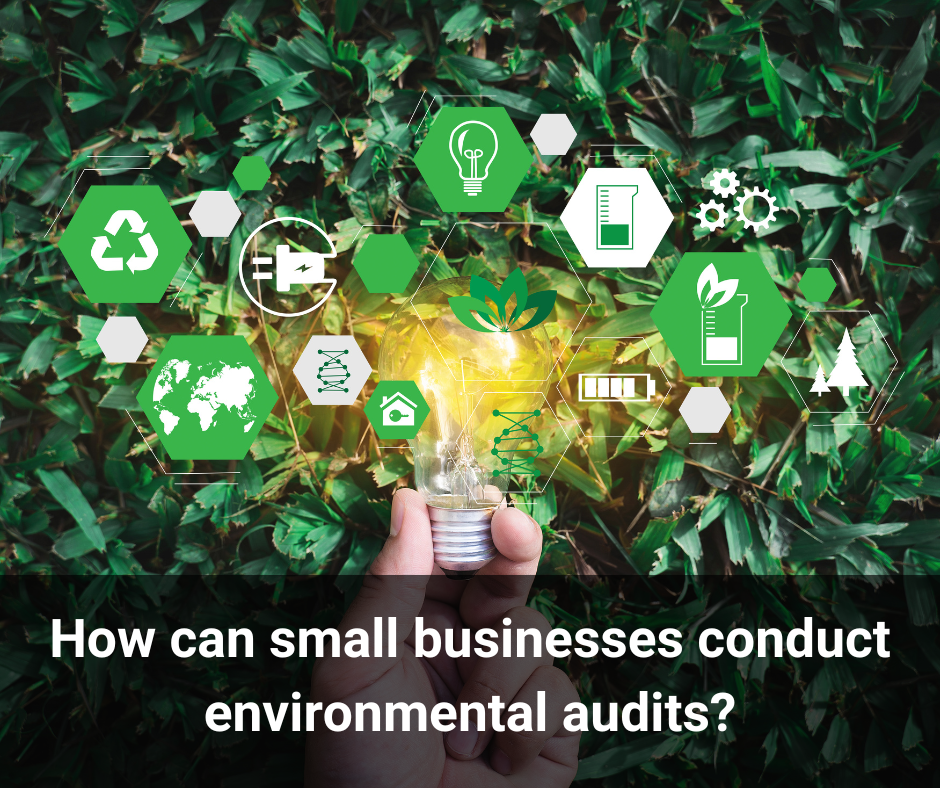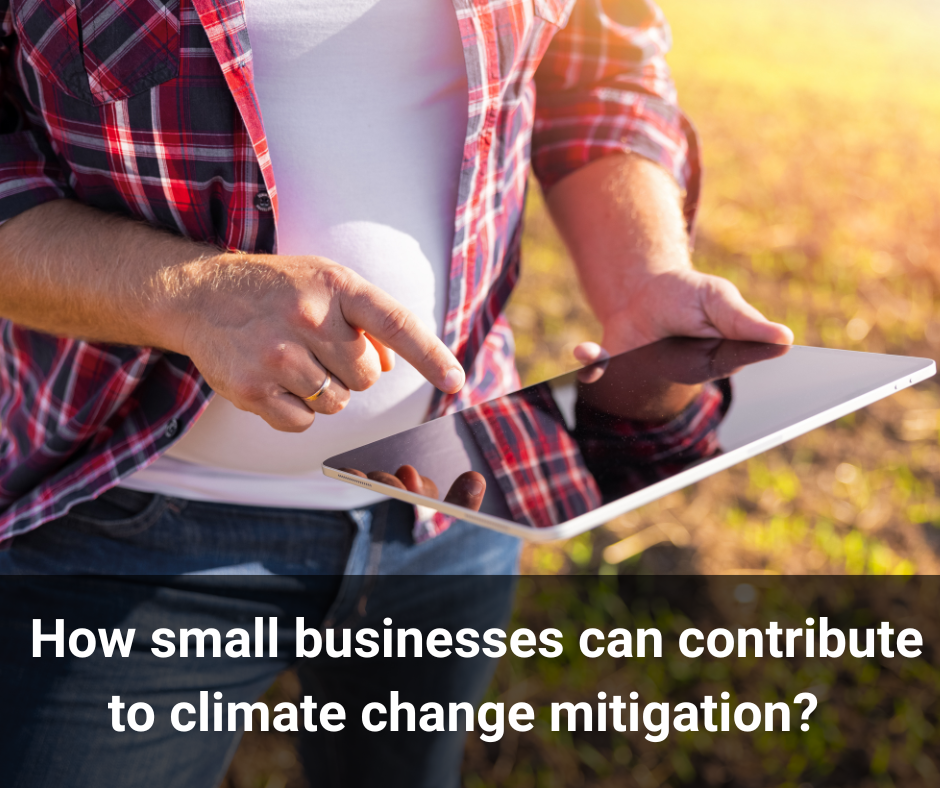In recent years there has been a heightened interest regarding environmental, social and governance (ESG) issues around the world. Businesses are now more committed to establish and achieve specific goals to reduce the environmental impact they generate.
A ESG audit can be an effective strategy to determine current environmental practices and promote initiatives that improve the company´s sustainable measures.
But how do we achieve this?
- Determine the necessary metrics to evaluate performance
First of all, the company needs to determine what elements they will measure and work constantly to improve upon. Whether you are determining your carbon footprint, your energy or water consumption, as well as energy efficiency, the first step relies on determining the data to consider.
Once you have decided the parameters, the company needs to use metrics to assess each parameter. To do so, the company must develop mechanisms to asses each parameter and stablish permanent monitoring mechanisms. This would provide data on each parameter, based on the particular characteristics of it.
- Identify possible risks and opportunities within the company
Based on the data obtained, members of the company can determine possible risks within the company that might present a significant environmental impact. Furthermore, it can allow a business to identify areas of opportunity where innovation could happen.
With all these data, company leaders are meant to have a better understanding of their company and develop new strategies in order to achieve the desired goals.
- Determine possible changes and involve employees
Innovation in technology and practices are essential to pave the way for businesses to improve their processes and activities. In order to do so, it is important to involve all employees in the process of developing these solutions.
This can be done in multiple ways, from weekly or monthly meetings to direct channels of communication between different members of a company. At the end, all members of the company are meant to be contributing to the constant process of improving.
- Implement new systems and procedures while committing to constant evaluation and improvement
Implementing the new systems, procedures and activities developed within the company must always be followed by constant monitoring in order to determine the improvement or lack thereof.
Building monitoring systems will determine if the changes implementing in the company are working or not, and allows for the company to continue to improve in current practices until specific goals are achieved.
- Provide effective communication with stakeholders
Presenting the results obtained in the form of reports for investors and employees can communicate the strengths and weaknesses that the company is currently facing. This also allows for constant monitoring of ESG goals determined at the beginning of the analysis process. An audit program should be conducted regularly to monitor the company´s progress and find new areas to improve on.
As time passes, this process of constant assessing should allow for the company to improve and adapt to changing conditions and improve their processes. It becomes essential, not only to improve environmental considerations, but also improve social metrics and financial terms. Companies, big and small need the right guidance and expertise to address their environmental goals and Sustainworld Solutions can lend meaningful support. With rich experience helping clients find answers to these challenges, we can not only grow and make business endeavors profitable, but protect the environment as well.




